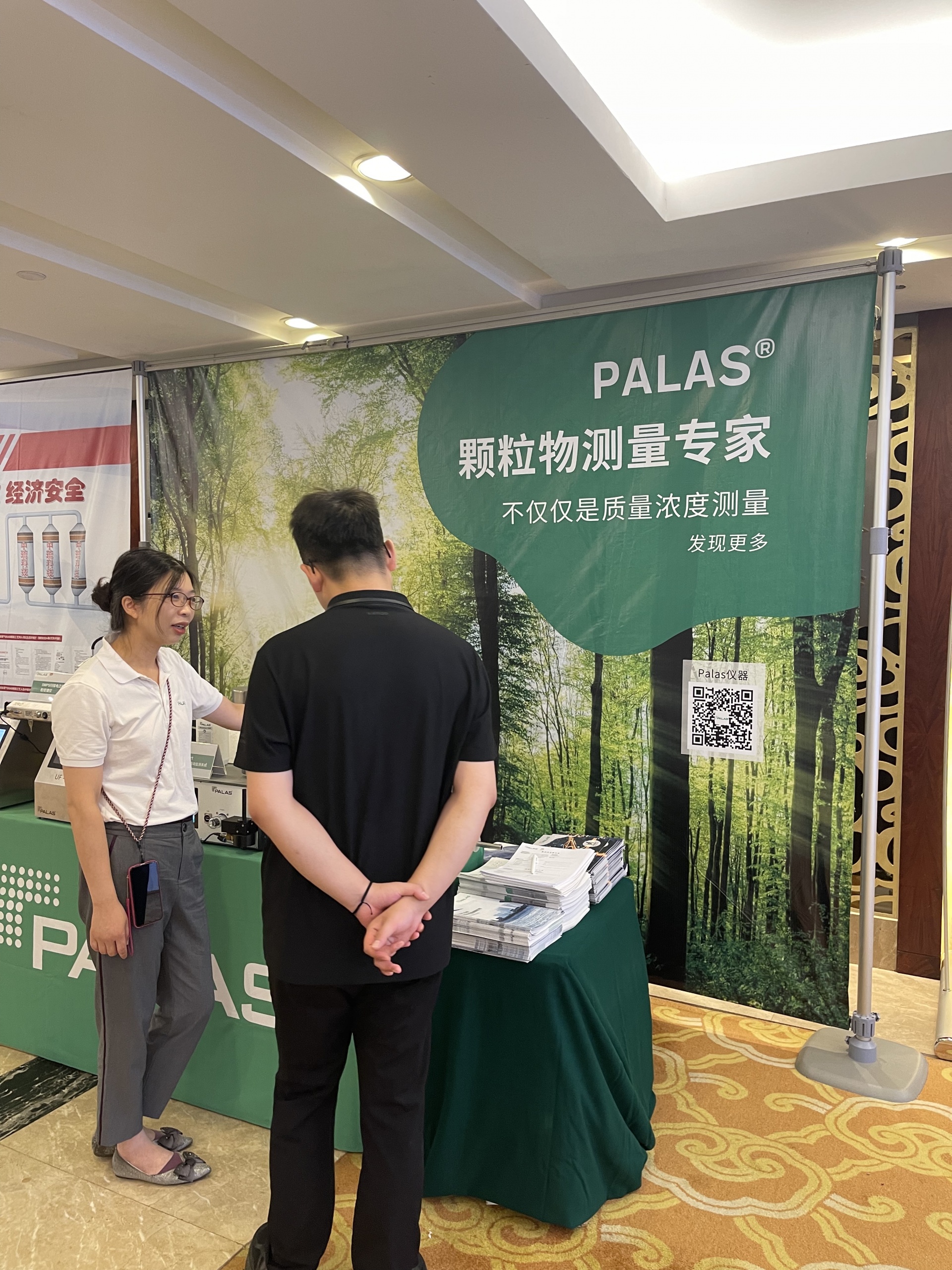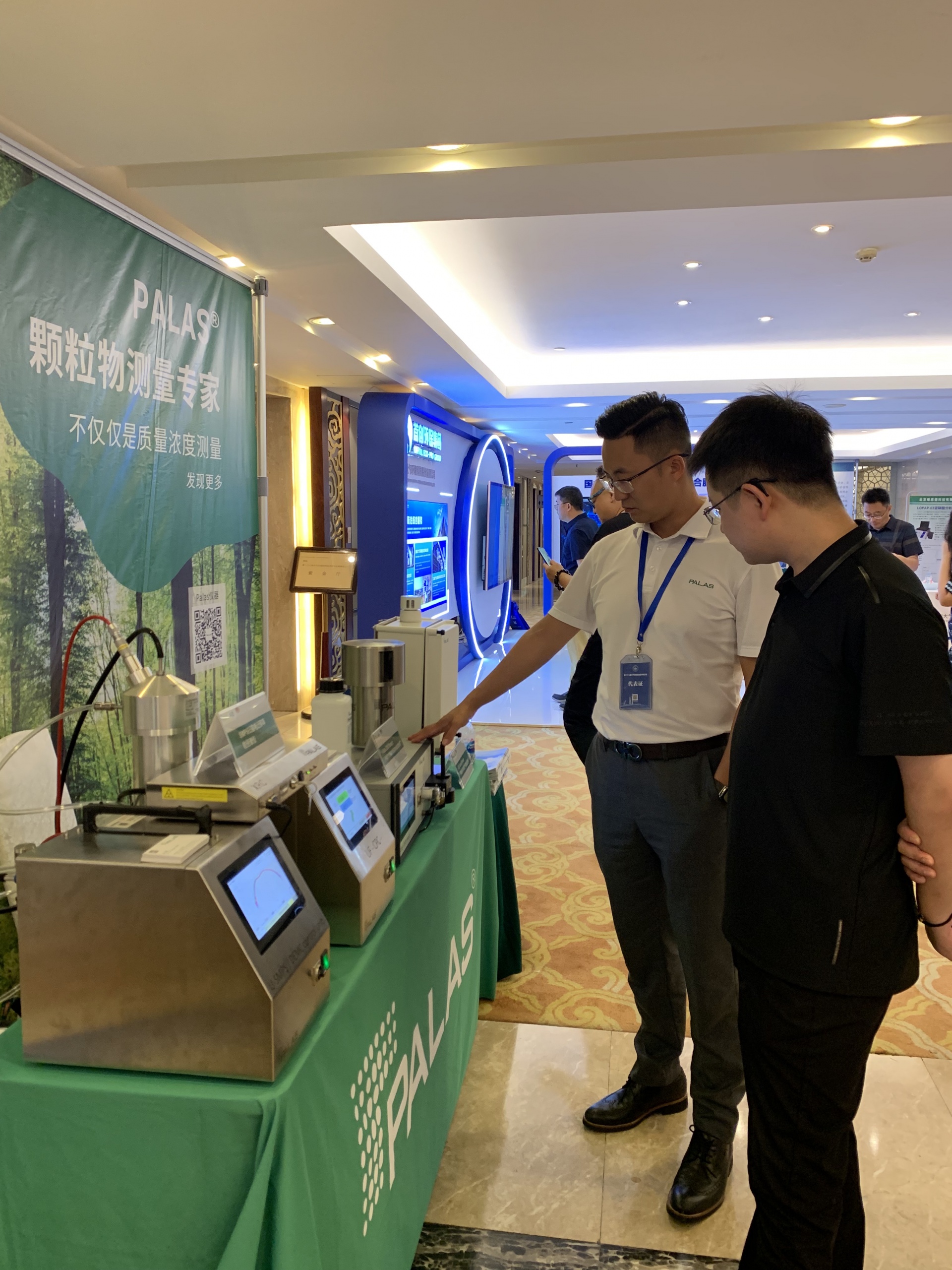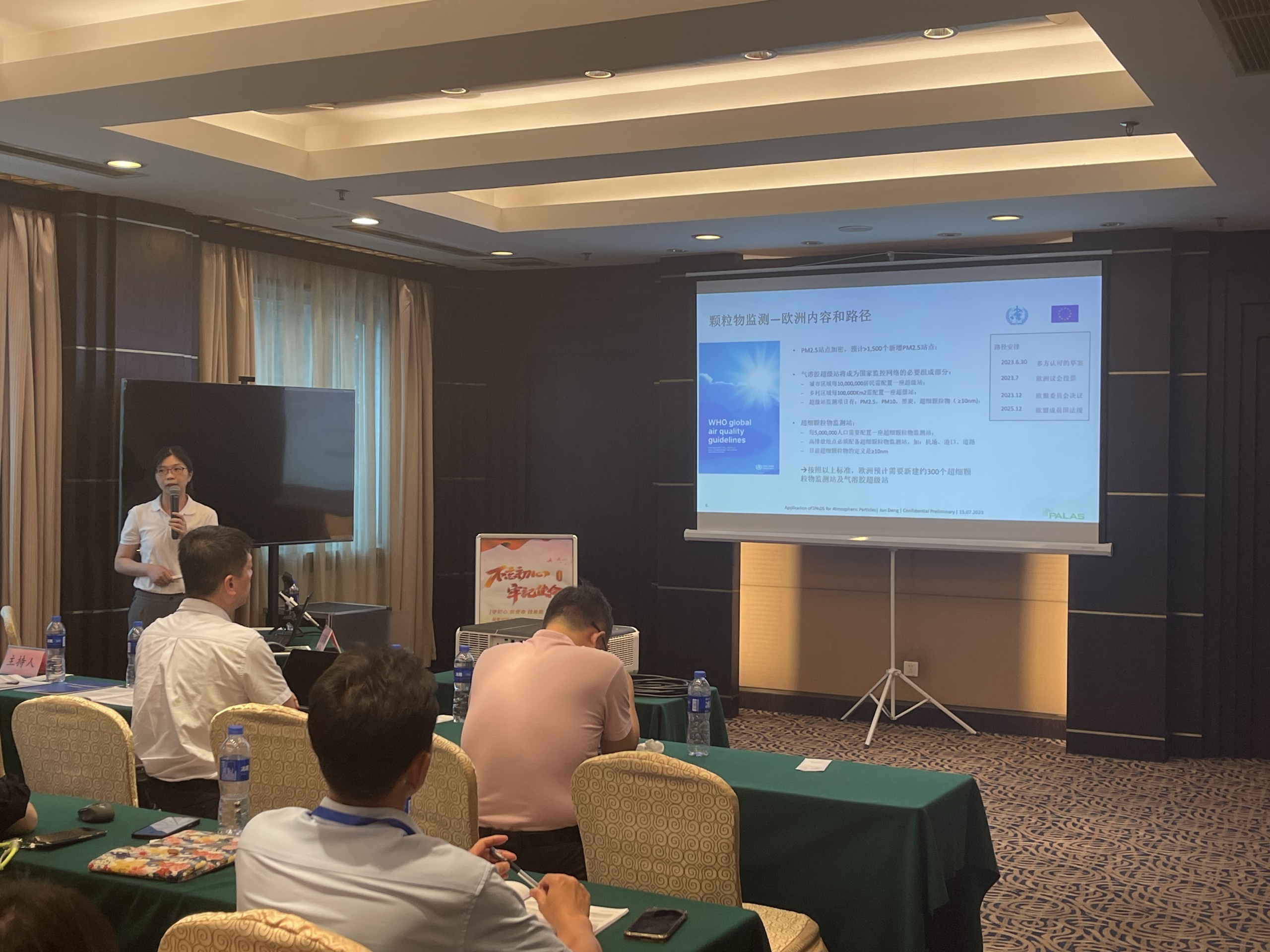On July 15-16, the 27th Air Pollution Prevention and Control Technology Symposium was successfully held in Nanjing. Palas®, the German expert in particulate matter measurement, was one of the exhibitors. We displayed innovative ambient air particulate matter monitors, and delivered a speech on finding solutions for particulate matter pollution sources. We also discussed with environmental experts and scholars to jointly promote the innovation and development of air quality monitoring and warning, and to contribute to the battle for the defense of the blue sky.

The symposium has become a highly influential academic event in the field of air pollution control in China since incepted in 1995. It has been successfully held for 26 sessions in various cities such as Wuxi, Shanghai, Taiyuan, Xi’an, etc. The conference was organized by the Chinese Society of Environmental Sciences, and co-organized by the China Academy of Environmental Sciences, the Environmental Planning Institute of the Ministry of Ecology and Environment and other research institutes, as well as Tsinghua University and other colleges and universities. The academicians, experts and scholars discussed new research results of PM2.5 and ozone pollution synergistic control, multi-pollutant synergistic control and regional joint prevention and control. They interpretated current technology needs, the cutting-edge technology, and successful cases, in order to promote the continuous improvement of ambient air quality.
At the exhibition site, a series of advanced ambient particulate matter monitors displayed by Palas® attracted attention of many environmental professionals. Fidas® 200 Smart Ambient Air Quality Continuous Monitoring System can provide accurate ambient air quality data through real-time monitoring of particulate matter concentration and size distribution. So, it provides an important reference for the formulation of accurate pollution control strategies. The AQ Guard Smart Grid Monitor for Ambient Air Quality adopts a grid-based monitoring method. This method can obtain real-time air quality data from different areas and provide fast while accurate results by analysis and early warning system. In addition, the ability of SMPS to monitor nanoparticles provides more possibilities for air pollution research.


Besides the instrument introduction, Palas® Country Product Manager – Environmental & Automotive, Ms. Jun Deng delivered a speech on the topic of “WHO Global Air Quality Guideline Values (GAGVs) 2021 and Finding Local Sources of Particulate Matter Pollution with Palas® Solutions” at the conference. Ms. Deng firstly introduced what was WHO Global Air Quality Guideline Values (GAGVs) for 2021. This global guideline aimed to provide a scientific basis for countries to set air quality standards and control measures for pollutants. Ms. Deng explained the significance of the guideline values in protecting human health and improving air quality. Then she emphasized the need to use the guideline values appropriately. Finally she gave a detailed explanation of the Palas® solution for finding local sources of particulate pollution, and of the relevant instruments. These provided reliable data support for the development of effective solutions to find local sources of particulate pollution.

Palas® is committed to providing efficient solutions to challenges in air quality monitoring through its precise equipment and visualized data processing. In the future, Palas® is looking forward to establishing close cooperation with more enterprises, universities and research institutes, to contribute to environment protection and air pollution control.

